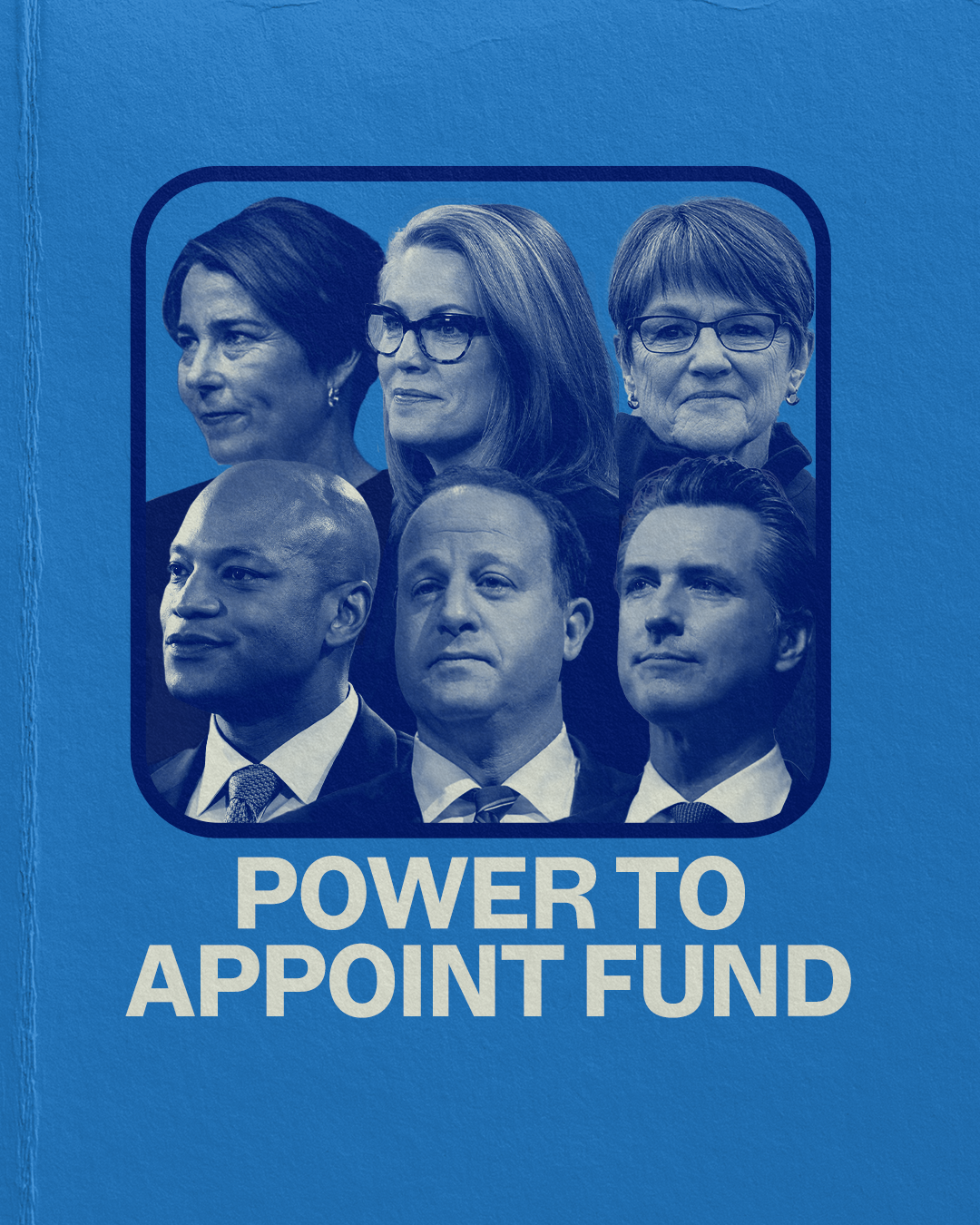
Can you donate now to join our fight?
We just launched the Power to Appoint Fund to highlight the important role Dem Govs play to ensure integrity in our country’s judicial process and protect fundamental freedoms. Your support will ensure we can make crucial investments in key states and protect our democracy. Please don’t wait: rush your gift to elect Democratic governors! >>>
DGA Statement on Supreme Court Decision on King v. Burwell
WASHINGTON, DC — DGA Executive Director Elisabeth Pearson issued the following statement after the Supreme Court’s decision to uphold nationwide insurance subsidies:
“America’s Democratic governors have led the way in implementing state-tailored plans to increase access to health care, while most Republican governors have chosen to bury their heads in the sand. And the proof is in the pudding: The 10 states with the biggest reduction in uninsured population last year were all run by Democratic governors.
“Today’s decision by the Supreme Court continues the momentum in implementing plans to increase access to health care — a charge that has been led by Democratic governors. It’s time for Republican governors and legislators to stop playing political games and start implementing common-sense solutions.”
Democratic Governors Have Led the Fight to Increase Access to Affordable Healthcare
Gallup Found That the 10 States With the Biggest Reduction in Uninsured Population in 2014 Were All Run by Democratic Governors. According to Gallup, “Arkansas and Kentucky reported the sharpest reductions in their uninsured rates among adult residents since the healthcare law’s requirement to have insurance took effect at the beginning of 2014. Oregon, Washington and West Virginia round out the top five. […] These data, collected as part of the Gallup-Healthways Well-Being Index, are based on respondents’ answers to the question, ‘Do you have health insurance coverage?’ These state-level data are based on daily surveys conducted from January through December 2014 and include samples sizes that range from 465 randomly selected adult residents in North Dakota to nearly 17,000 in California.” [Gallup, 2/24/15]

